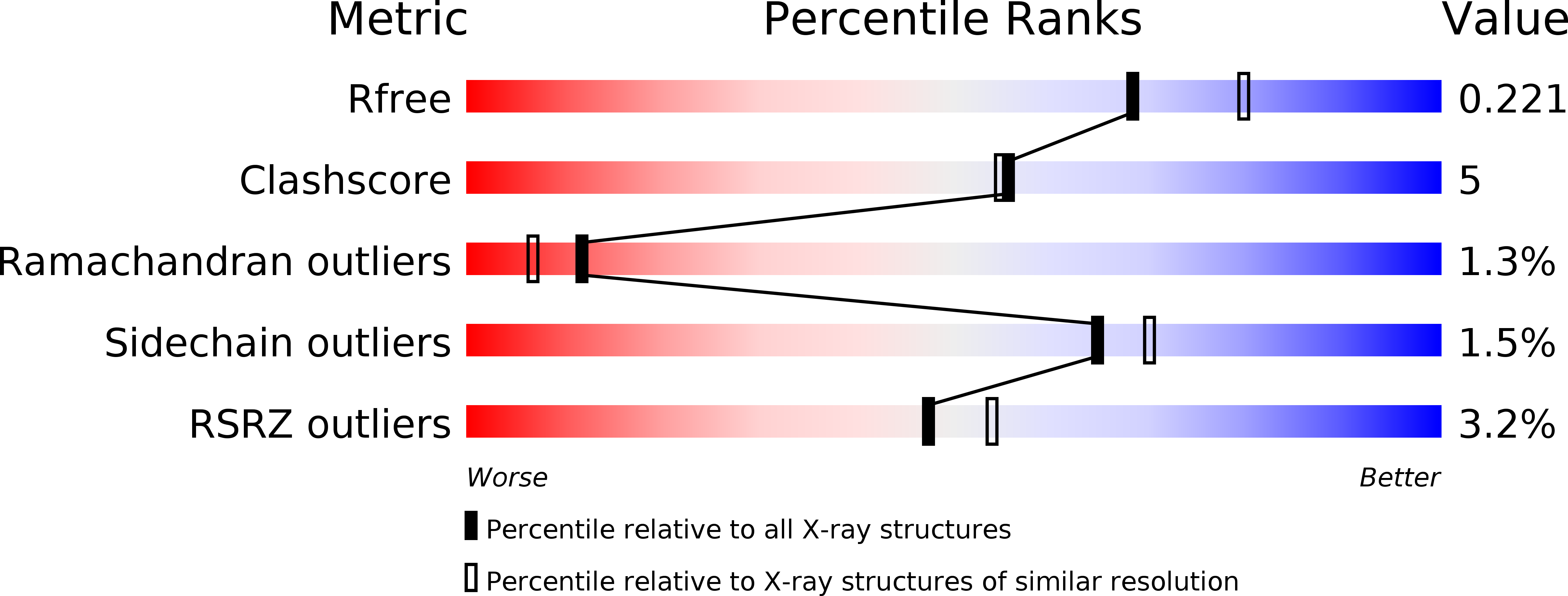
Deposition Date
2014-03-28
Release Date
2014-08-20
Last Version Date
2023-12-20
Method Details:
Experimental Method:
Resolution:
2.11 Å
R-Value Free:
0.29
R-Value Work:
0.21
R-Value Observed:
0.21
Space Group:
C 1 2 1


